Toyota aims to produce more hydrogen vehicles than solid-state electric vehicles by 2030

Even if all goes well, Toyota’s solid-state battery technology won’t account for a significant share of the electric vehicle market – or Toyota’s own production – by the end of the decade.
That’s a reality check contained in a recent document that perhaps serves to temper some of the recent hype surrounding solid-state battery technology, which promises faster charging and lighter weight, two groundbreaking aspects that could bring electric vehicles to the mass market in the future. Toyota’s plans for this technology in particular have made headlines because it supposedly offers the ability to accelerate into the fast lane, giving it an advantage over Tesla and other automakers.
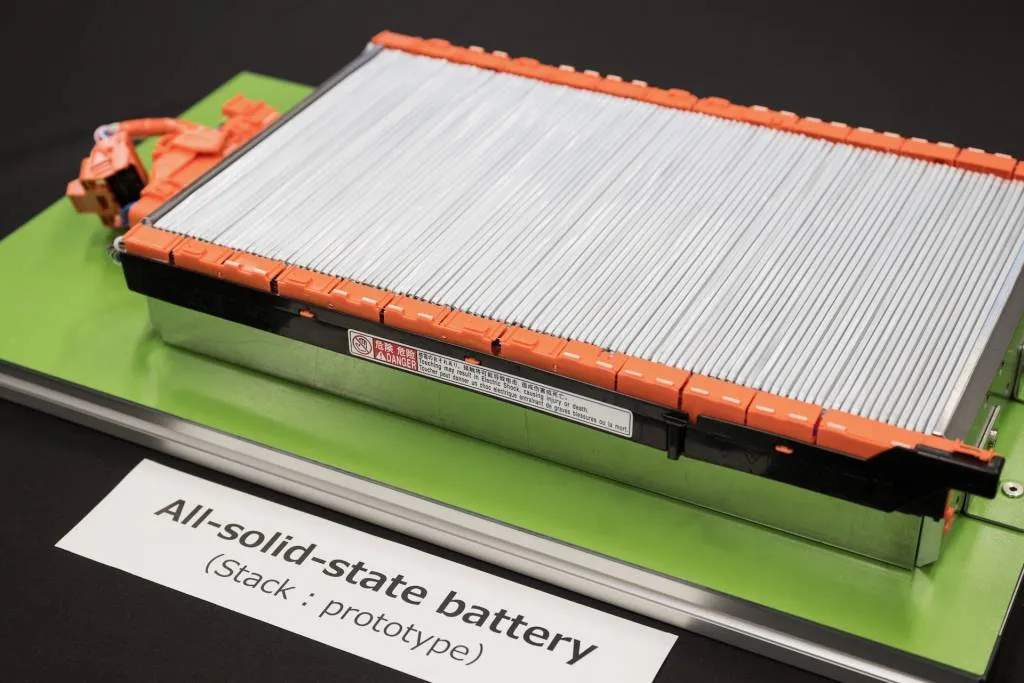
Toyota solid-state battery prototype
In a recent article from the automaker Toyota Times The newsletter presented a detail that was not included in other recent publications: “In the mass production phase expected in 2030 and beyond, companies aim to increase their capacity to several thousand tons (several tens of thousands of vehicles), in line with Toyota’s product plans. “
This highlights the likelihood that Toyota solid-state batteries will likely remain a small-volume project well into the 2030s, limited to niche vehicles such as a low-volume sports car.
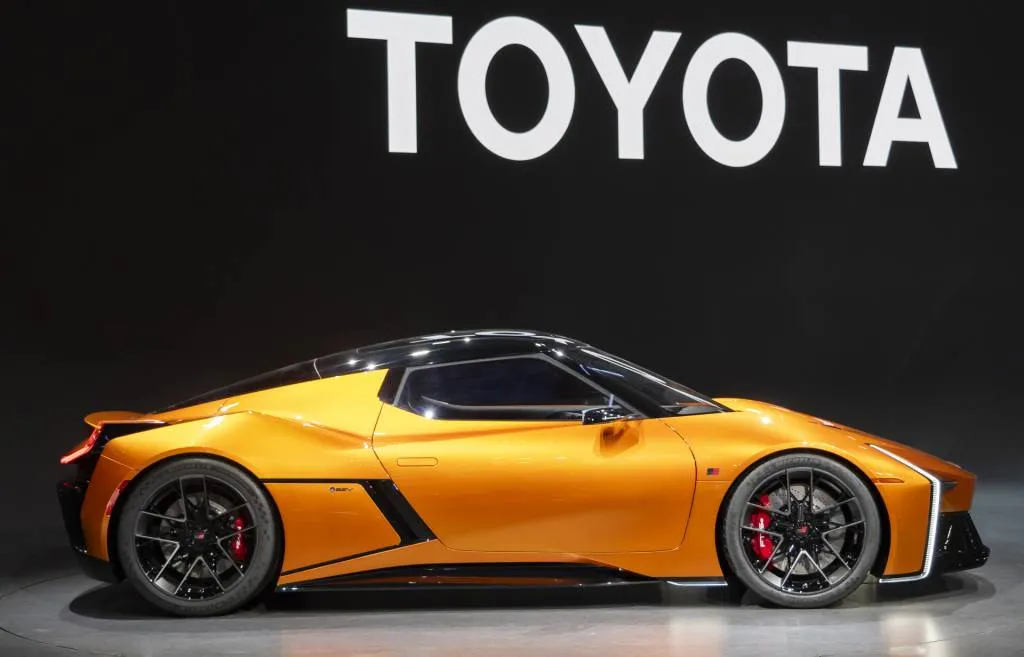
Toyota FT-Se concept
Toyota sold 10.48 million vehicles worldwide in 2022. So if Toyota can make 30,000 solid-state electric vehicles, that would be less than a third of a percent of the automaker’s annual sales, or a very small fraction of what its electric sales are likely to be then.
Or to put it another way: Toyota announced at the beginning of the year that it wanted to sell more than 100,000 hydrogen vehicles annually by 2030. By the early 2030s, the company has greater hopes for fuel cell sales than solid-state battery sales.
The solid-state schedule was recently updated when Toyota announced a partnership with Japanese oil major Idemitsu Kosan in October. That wants to push Solid-state battery technology moving towards production through the development of sulfide solid electrolytes in a “large pilot plant” built and operated by Idemitsu.
Earlier this year, Toyota changed its targets to set a “base volume” sales target of 1.5 million electric vehicles per year (globally) by 2026 – which is roughly the same number Hybrids were sold annually in 2016. Despite plans for a US-made three-row electric vehicle As of 2025, the company has not provided U.S. electric vehicle forecasts since 2021, when it expected battery electric vehicles and fuel cell models to be combined 15% of its US sales in 2030.
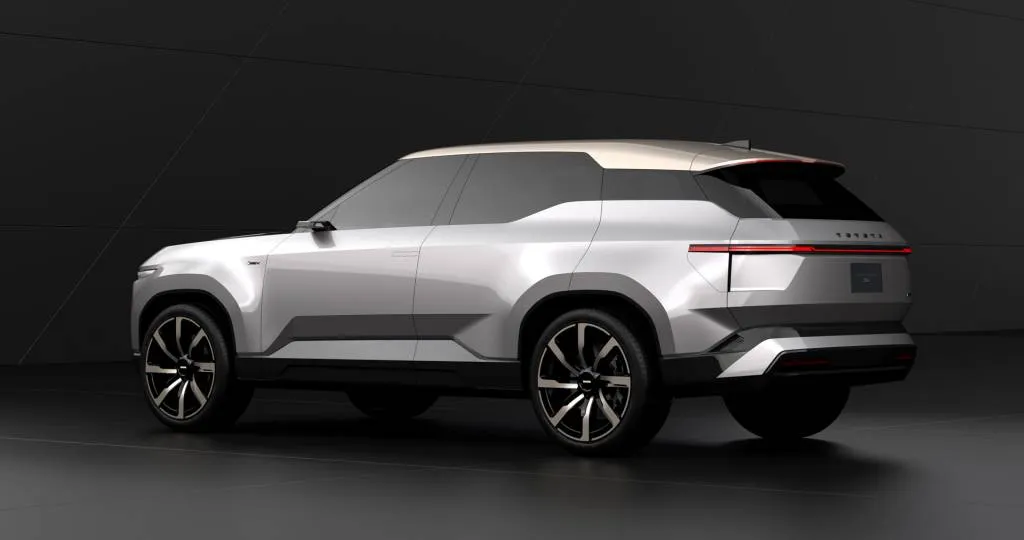
Toyota Land Cruiser Se concept
In September, Toyota said in a company press release that it expected to do so Solid-state batteries by 2027 or be “ready for commercial use” in 2028 – made possible by “technological advances” that would extend battery life, a point at which the technology is uncertain.
From the earliest generation of solid-state lithium-ion battery technology – which, the automaker made clear, would extend beyond the next-generation lithium-ion technology aimed at higher volumes – Toyota is targeting a WLTP range of more than 621 miles (potentially approximately 450 miles or more on the EPA cycle for electric vehicles in the US market), plus a 10-80% fast charge time of just 10 minutes. As a further development of this technology, the target is 745 WLTP miles.
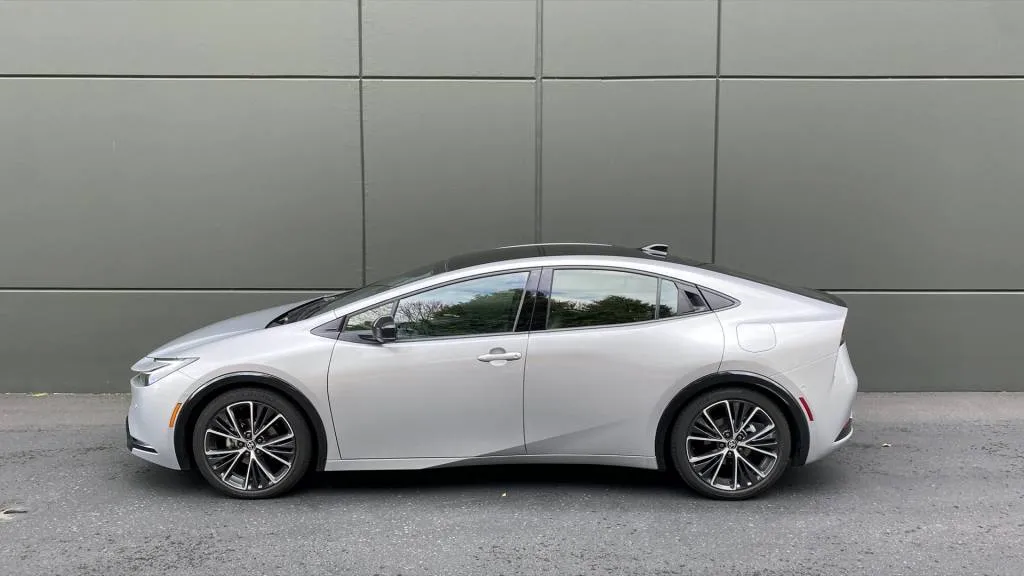
2023 Toyota Prius
It’s unclear whether the company still plans to bring some of these to market Solid-state batteries in hybrid vehicles– which was still planned for January 2022. Such technology could help create a revised version of it Prius, once a hybrid trendsetterrelevant again.
Solid-state technology promises to nearly double energy density (on a weight basis), while enabling faster charging and likely increasing cell safety and stability. However, manufacturing and durability issues still need to be resolved on the path to mass production.
Toyota probably has the R&D advantage. The company has been a long-standing research partner of Panasonic in this field since the 1990s and together they have the global leadership in patents related to this technology. Idemitsu is right behind in third place, effectively giving Toyota an extensive knowledge base.
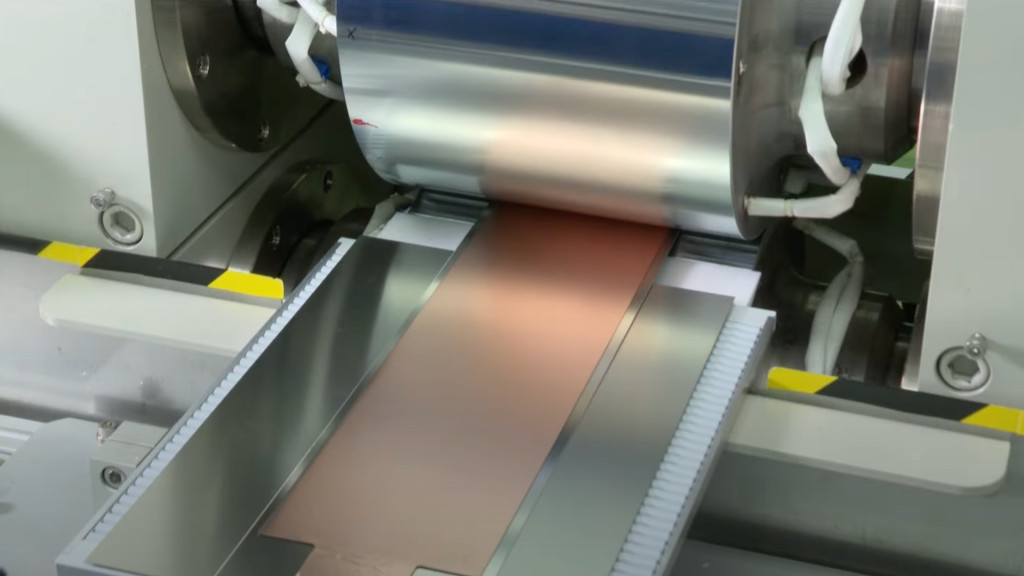
Production of Honda solid-state battery prototypes
Toyota isn’t the only one betting part of the future on solid-state technology. In addition to the cell manufacturers themselves, Nissan and Honda are also working independently to develop their own solid-state cells, which will be manufactured in pilot production facilities next year. Nissan wants to bring them into mass production with a series electric vehicle by 2028, although it has not yet stated what volume it intends to achieve by then. Nissan sees them as a potential game-changer for large electric pickups and SUVs, and in some cases as such There may be no need for cooling at all.
